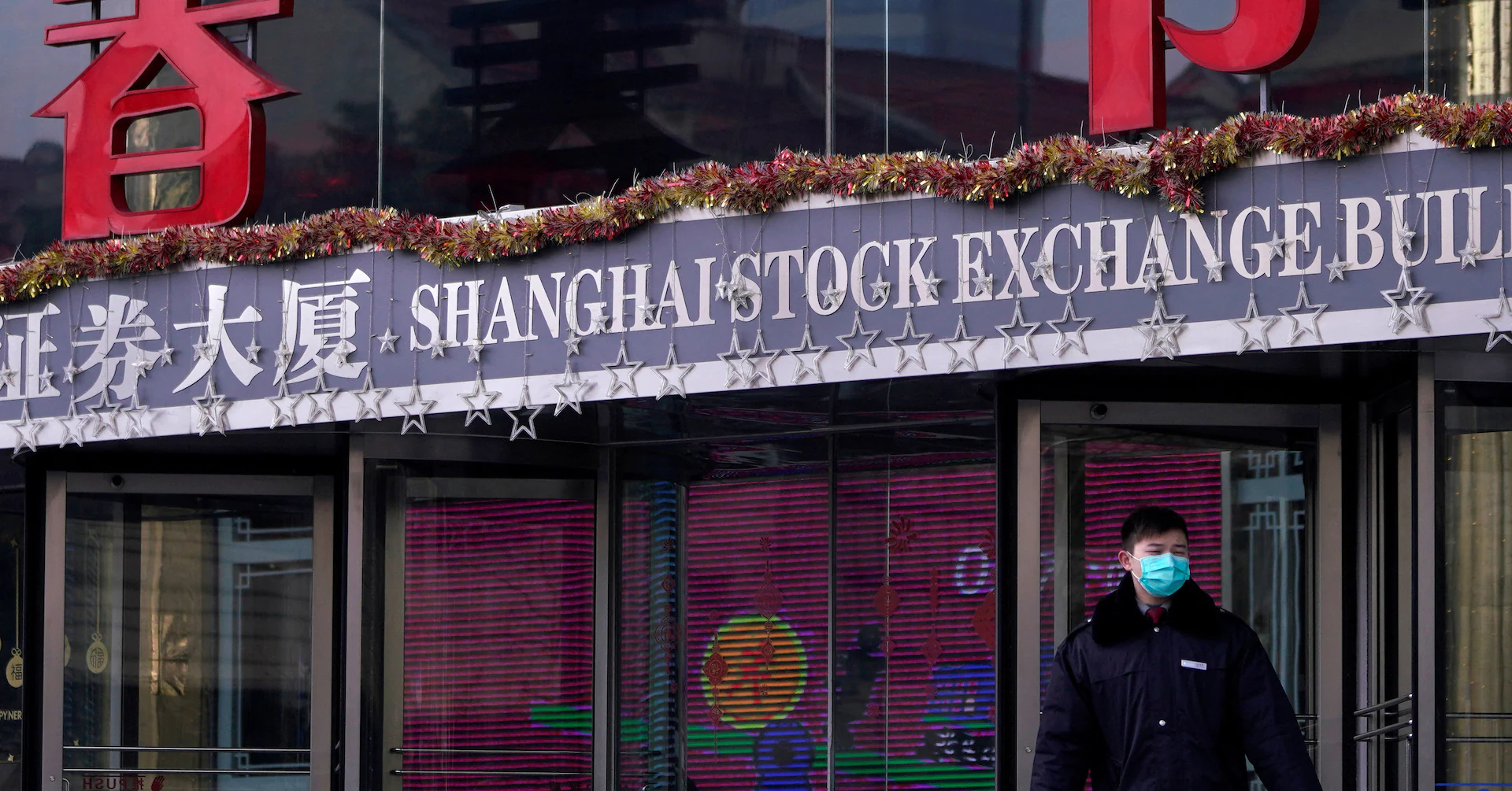
HONG KONG, Sept 22 (Reuters) – China’s onshore equity markets are booming, outperforming many of their developed market counterparts this year. But whether this is the beginning of a true Chinese equity boom or yet another short-lived bubble will likely depend on government stimulus and corporate discipline.
Over the past year, major Chinese onshore equity indexes have outperformed their U.S. counterparts. Zoom in on the performance from mid-July, and the contrast becomes starker.
Sign up here.
The rally has a few points of vulnerability, however.
For one, it has been driven by a handful of industries. Only six of the 15 sectors in FactSet’s China Market Index have outperformed over the last year, with particularly outsized gains in technology services and electronic technology, up 98% and 81%, respectively.
Investors are clearly focusing on dominant mega-themes, most notably semiconductors, the artificial intelligence supply chain and industrial automation.
The narrow breadth of the rally presents a meaningful risk, though one could say the same thing about the S&P 500, which remains a lot more expensive than Chinese indexes.
DOMESTIC DRIVERS
There are also reasons for optimism.
This rally has been driven by domestic buyers, who still dominate the onshore China market, and these investors appear to have plenty of room to increase their equity allocations.
In the first seven months of 2025, Chinese investors rushed into the Hong Kong stock market through the Southbound Stock Connect. Now, they are turning their attention to the onshore market and reallocating from fixed income investments, illustrated by China’s rising government bond yields.
This all suggests that there’s considerable dry powder left among both households and insurers.
CAUTIONARY NOTE
Cautionary noise is building, however. Banks and regulators, in particular, are sounding the alarm, perhaps because the memory of 2015’s sharp market spike and resounding crash is still fresh in everyone’s mind.
On that occasion, the money investors borrowed to buy stocks, termed margin financing, reached 2.27 trillion yuan ($360 billion). Current outstanding margin financing has already crossed that peak, igniting fears of a similarly chaotic unravelling of the bull market.
To prevent such a scenario, China’s “National Team” led by Central Huijin Investment, has promised to stabilise the market when needed.
But, worryingly, the fundamental drivers of this rally are beginning to look tired. The prominent sectors that lifted the market appear fully valued, if not expensive, relative to their expected earnings growth.
Indeed, the price-to-earnings multiples of equities in the technology services and electronic technology sectors are significantly higher than their forecast EPS growth, a concerning trend.
STIMULUS AND DISCIPLINE
For the Chinese bull market to persist, therefore, corporate fundamentals and earnings will need to improve. The steady decline in the return on equity for Chinese corporates over the past 15 years is certainly not a recipe for an ebullient stock market.
The primary reason for such diminishing returns is margin compression driven by disorderly competition – an issue that is well known to policymakers.
The Chinese government’s “anti-involution” campaign to curtail such competition may yield temporary results, but the more sustainable solution arguably lies in boosting domestic demand. If the customer base grows for every company, then the need for such intense competition would diminish.
That’s easier said than done though. As long as the property sector languishes, trade uncertainties linger and the employment situation stays lacklustre, domestic consumption sentiment will likely remain depressed.
Moreover, the excess production in some industries has been massive, which won’t be easily unwound even if domestic consumption improves. Companies may need to be much more disciplined about adding capacity and making pricing decisions, even if that results in a temporary loss of market share.
Pricing and capacity discipline should put a floor under ROEs by helping margins stabilise.
The government could also intensify its efforts to spur consumption and reduce “excessive competition” and the overproduction weighing on profits. However, the significant amount of fiscal and monetary stimulus that China has delivered in the last year has only had a limited impact on a few retail segments at this point, so Chinese policymakers may need to think differently, as we are starting to see with the anti-involution efforts.
In short, there are plenty of reasons to believe China’s equity boom will keep chugging along. But risks to the rally are building.
(The views expressed here are those of Manishi Raychaudhuri, the founder and CEO of Emmer Capital Partners Ltd. and the former Head of Asia-Pacific Equity Research at BNP Paribas Securities).
Writing by Manishi Raychaudhuri; Editing by Anna Szymanski and Jamie Freed
Our Standards: The Thomson Reuters Trust Principles., opens new tab
Opinions expressed are those of the author. They do not reflect the views of Reuters News, which, under the Trust Principles, is committed to integrity, independence, and freedom from bias.



